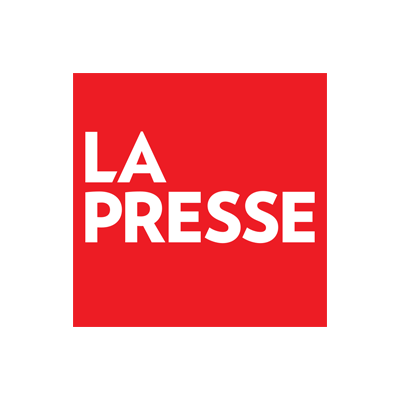Tennis Elbow surgery
Life doesn’t wait!
Lateral epicondylitis, more commonly known as tennis elbow, causes severe pain where the extensor muscles of the wrist and fingers attach to the bone on the outer side of the elbow. The pain tends to increase when lifting heavy objects, and the forearm muscles get damaged from overuse. An ultrasound or MRI made by health professionals is needed to diagnose this condition, get tennis elbow surgery and then tennis elbow cure.
What are the Non-Surgical Treatments?
There are several nonsurgical treatment options to treat tennis elbow, or lateral epicondylitis, after taking a physical exam.
- Treatments like physiotherapy (or physical therapy), occupational therapy, osteopathy, rehabilitation exercises and acupuncture cure more than 90% of cases, if you also take the time to rest your forearm muscles, fingers and wrist. If you limit your activities, will increase your blood flow and heal your tendons.
- If pain persists after six months of conservative treatment, rehabilitation exercises and rest, patients need to have an ultrasound or MRI and be seen by an orthopaedist to evaluate surgical options.
What is the Surgical Treatment?
Open tenotomy with debridement and tendon repair is the surgical method used for tennis elbow surgery. It involves cleaning the damaged tendon from scar tissue and bone spurs, releasing excess tension, andletting the tendon reattach to the surrounding muscles. Platelet-rich plasma can also be used to repair the damaged tissue.
About the Procedure
- Outpatient procedure
- Short two- to three-centimetre incision
- Length of procedure: 30 to 45 minutes
- Local anesthesia – the patient remains conscious during the procedure.
Post-Surgical Recovery
Patients may be escorted home immediately after tennis elbow surgery. The elbow may be mobilized immediately after tennis elbow surgery. Patients must take pain relievers during the first two to three days after tennis elbow surgery.
Tennis Elbow Surgery Recovery
- Physiotherapy will be recommended if needed.
- Non-physical activities may be resumed the next day if pain levels permit.
- Patients can resume non-strenuous daily activities during the first week (cooking, driving, writing, typing).
- Physical activity may be resumed gradually six to eight weeks post surgery. Non-strenuous sports (like golf) can be resumed two months after surgery and strenuous sports (like tennis) can be resumed approximately four months after surgery for tennis elbow.
- Full recovery normally takes between three and five months.
- Success rate: 90% to 95%.
What is the Best Way to Cure Tennis Elbow?
To ensure proper treatment, it’s crucial to get your tennis elbow examined and receive a diagnostic by a trusted professional. Actually, Dr. Marc Beauchamp is a leading orthopaedic surgeon with more than 25 years of experience. He is a supervising physician for the Cirque du Soleil and has completed more than 8,000 arthroscopic procedures.
Don’t wait and book your appointment today: in cases where tennis elbow surgery isn’t necessary, symptoms of tennis elbow can be managed by implementing lifestyle changes in your normal activities and seeking professional assistance.
4 Tips for Tennis Elbow Treatment
Rest
Rest is an often overlooked factor which must be carefully considered when dealing with tennis elbow. If you are dealing with elbow pain, we suggest refraining from daily activities which may aggravate common symptoms (repetitive movements such as working on a computer, racquet sports such as tennis, badminton or any sport soliciting a wide range of elbow movement)
Ice
Putting ice on your elbow might be necessary to control inflammation and help alleviate painful symptoms. You can try icing your elbow for 15 minutes three times per day.
Pain Relievers
If your symptoms are quite acute and you can’t seem to dissipate after icing your elbow or resting, you can try over-the-counter pain relievers. If you are in painful condition and your symptoms worsen, we suggest contacting your healthcare professional immediately.
Physiotherapy
Many people can avoid tennis elbow surgeries by ensuring they aren’t making repetitive motions for many years, which causes strain on the joints and muscles. It’s important to strengthen and stretch your arm’s muscles equally. This can help avoid compensation or overextension of tendons and ligaments.
Seeking the help of health professionals such as a physiotherapist, an osteopath or a physical therapist might help reduce your tennis elbow pain considerably. These professionals will give an expert opinion, examine your strengths and weaknesses and propose treatments and exercises to help you conquer the pain and resume normal activities.
Ease your pain fast
Dr. Marc Beauchamp: the doctor for shoulder and elbow pain





